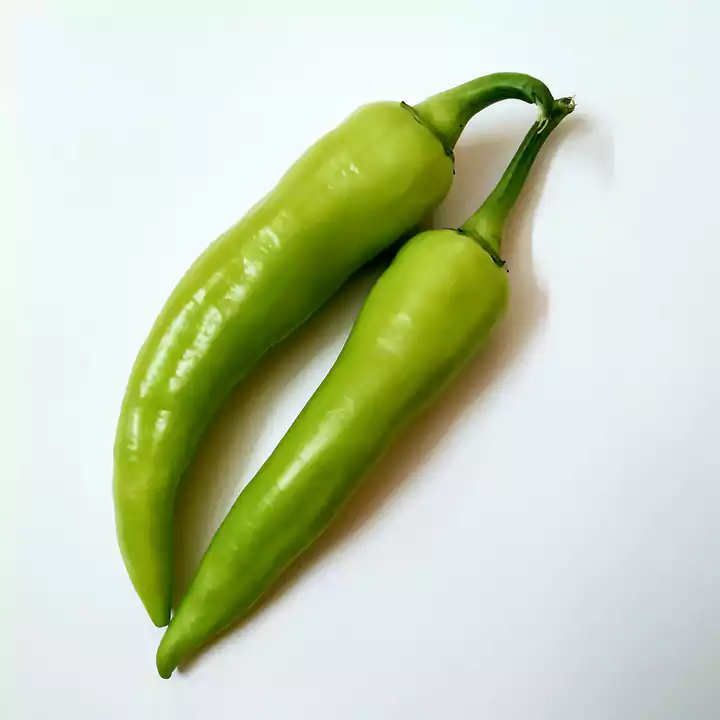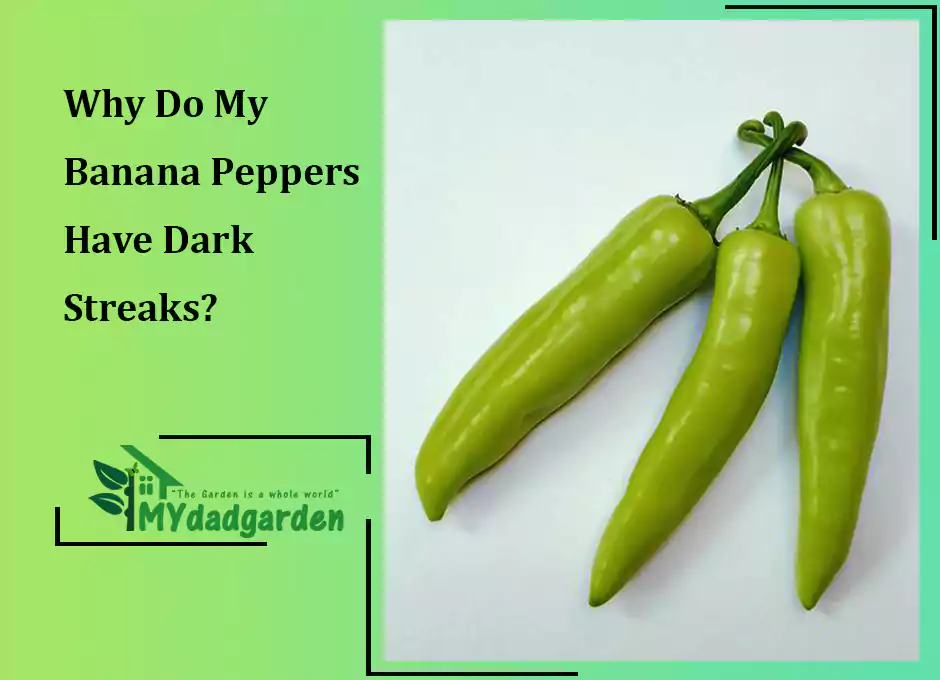Why Do My Banana Peppers Have Dark Streaks?
Banana peppers are a type of hot pepper that is used in many dishes. They are a trendy vegetable for those who like spicy food. Banana peppers are very mild in flavor and not related to hot or sweet peppers at all.
They are part of the pepper family, including bell peppers, chili peppers, and paprika. Banana peppers come in various colors, including green, yellow, orange, and red, with green being the most common.
So why do my banana peppers have dark streaks? Several factors can contribute to this, but it will mostly depend on how the pepper was grown and stored after it was picked. The dark streaks on banana peppers are nothing to worry about. They’re called anthocyanins, and they’re pretty good for you!
While these dark streaks on banana peppers are typical, there could be other reasons your pepper has this discoloration. Factors such as these can lead to this discoloration; here are some of the most common causes and solutions to prevent your pepper from getting discolored in the future.
Table of Contents
Why Are My Banana Peppers Getting Black Streaks?
The black streaks in banana peppers are a natural process as they ripen. They don’t affect the taste, but you might not like how they look, which is perfectly understandable. If your pepper is nearing maturity and getting black streaks, it’s time to harvest them.
You’ll have to cut off any affected areas and rinse thoroughly before eating or cooking with them. As far as fruit goes, banana peppers are maintenance-free, but that doesn’t mean there aren’t some things you should know about caring for them properly!

How Do You Know If Banana Peppers Are Bad?
If you’re concerned about whether your banana peppers are bad, don’t fret. Just look at them. If they have dark streaks or it looks like mold is growing on them, it’s a good indication that you should toss them.
But again: You’ll know banana peppers are bad because of their appearance. They won’t taste bad or make you sick; they won’t taste as good. Also necessary: The seeds might still be viable even when a pepper has gone bad, so avoid eating peppers with blackened seeds and only use peppers that have apparent sources in your cooking.

Why Do My Peppers Have Black Spots?
When you notice black spots on your banana peppers, that’s no reason to worry. It doesn’t mean they’re rotting or turning moldy. It means they’re ripening! The color in these peppers can change as they mature and grow sweeter and spicier, with deep red streaks or even dark brownish-black color.
Fruits grown without pesticides may also show similar coloring due to sun exposure. When bananas begin to change color, you don’t need to do anything. – enjoy them while they last! After maturing, they can be stored at room temperature for up to two weeks.
Once they begin softening or losing color, you should keep them in an airtight container and eat them within three days. Don’t compost them until after use; banana peppers are not biodegradable. Whole fruits can be kept fresh for up to three months if stored properly.

Why Do My Banana Peppers Have Purple Streaks?
If you recently bought some banana peppers from your local grocery store, you might have noticed a few had purple streaks. While it might seem alarming at first, don’t worry. It doesn’t mean that something went wrong during shipping or storage; it’s a matter of genetics.
The dark stripes on peppers are caused by anthocyanin—the same pigment that gives fruits like red apples and plums their rich color. Banana peppers are pretty low in anthocyanin, but some strains contain more than others.
If you buy three pepper plants in one bunch, there’s a chance they could all be different colors because each plant carries a different genetic makeup! That’s why we have an assortment of banana pepper varieties.

Why Do My Banana Peppers Have Brown Spots?
If you’ve noticed that your banana peppers have dark brown spots, don’t worry: it’s perfectly safe to eat them. The spotting is caused by a harmless fungus called Alternaria alternata and only occurs on some plants in specific environments, including warm and humid ones.
Chances are you won’t find banana peppers with dark streaks or blotches at your local supermarket or farmers’ market; many growers choose to pull affected plants because of their appearance.
Although dark streaks on banana peppers are typical, it’s important to be aware of the other potential causes of this discoloration. By understanding the factors that can lead to this problem, you can take steps to prevent your pepper from getting discolored in the future.
Previous Article: Do Rabbits Eat Raspberry Bushes?







